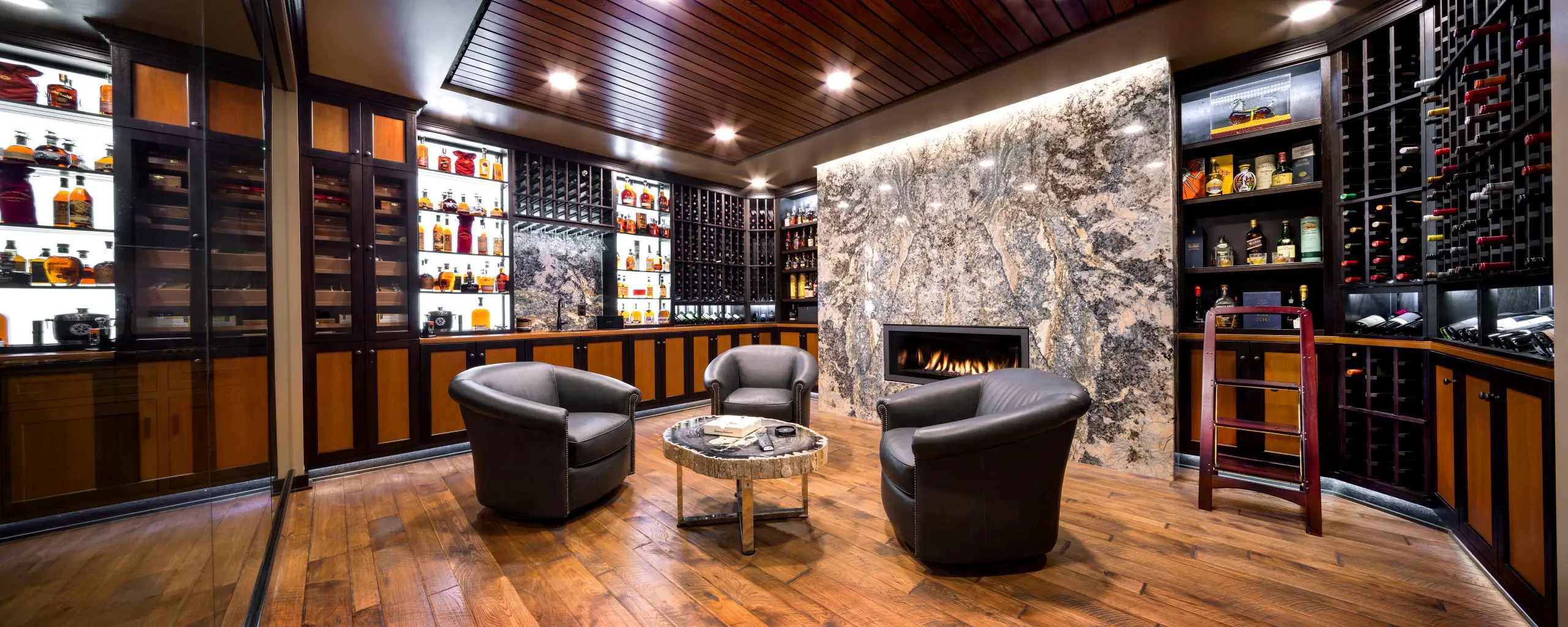We'd like you to know more about Vigilant as a company. Here are answers to some of the questions we're commonly asked. If you would like more information, call us on 888-812-4427, email us at: [email protected] or submit your question or feedback on our support form and we'll be happy to answer your questions.
What is the importance of humidification in a wine cellar?
Humidity is as important as having the proper temperature in your wine cellar. Without proper humidity levels your wine cork can dry out allowing your wine to escape from the bottle. This can cause oxidation, which can alter the flavor and ruin the value of your wine. Protect your investment by maintaining a proper RH of 60-65%.
How can I tell if my wine has been improperly stored?
First look at the location of the wine in the bottle. The bottle curves to the neck at the shoulder. When standing, a properly stored wine will fill the bottle to half way between the shoulder and the top of the bottle. Wines that are “low in the shoulder” have experienced evaporation and oxidization though the cork. This would indicate that the wine has prematurely aged. A cork that bulges beyond the top of the bottles is another indication of premature aging. This can be felt under the capsule. Also look for excessive sediment in the bottle. This may be an indication of improper storage.
Does wine need to be turned periodically to prevent the cork from drying out?
No, wines stored on their sides in a properly conditioned space do not require turning.
How long can wine be stored?
In general, red wines are aging wines and whites are drinking wines. Actual maturation times for red wines depend on the type of wine and its complexity, quality, and vintage. Tannins, which come from the grape stems and skins, are the backbone of the aging process. Tannins produce a sharp, bitter taste, which over time will precipitate out of the wine allowing the other characteristics of the wine to come forth. When stored properly, complex red wines can be stored for decades or even centuries because they usually have a higher tannin content.
Are wine bottles in a display row being properly stored?
Wine bottles displayed on an angle should be raised no more than 20 degrees. This allows the wine inside the bottle to stay in contact with the cork, keeping it wet and sealed against the elements. Ambient conditions should remain at about 60% humidity and 55° F to avoid wicking of moisture from the wet cork.
Can white wine and champagne be stored in the same cellar with reds?
Yes! The ideal storage conditions are very similar for white and red wines. However, 55 degrees is too warm for drinking white wine and Champagne so 45 minutes in your refrigerator will be needed to get them ready to drink.
How should I store screw-capped wine bottles?
Screw-capped wines have a synthetic liner that grips the rim of the bottle. Synthetic liners don’t need moisture to maintain their seal and therefore do not need to be stored horizontally. We recommend storing them vertically, as it helps save time for serving , and creates valuable space for storing more bottles of wine.
How should a wine bottle be stored?
Corked wine bottles should be stored on its side, keeping the wine in constant contact with the cork. A moist cork remains swollen, preventing air from reaching the wine. This reduces the risk of premature aging through oxidation, which occurs when oxygen reaches the wine, turning it to vinegar.
Are concrete walls acceptable for a wine cellar?
If your cellar is a passive one without a cooling system then you can use your concrete walls. However, if you are using an active cooling system you must insulate and install vapor barrier over all concrete and stone walls. Concrete and stone are terrible insulators and will continually pull cold air from your cellar.
What wood should I use when building a wine cellar?
It depends on how wet they are. Tropical hardwoods such as mahogany are ideal for wine cellar racking. Rot and moisture resistant, these woods are also hard, giving them the strength to hold large quantities of wine. Redwood, a softwood can be used as well. Avoid using aromatic woods such as cedar or woods such as birch, cherry and oak which will hold mildew in a damp environment unless treated.

